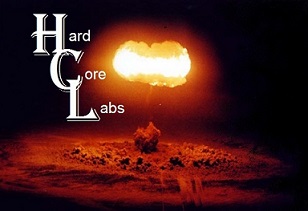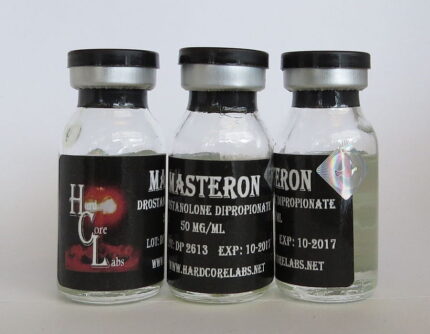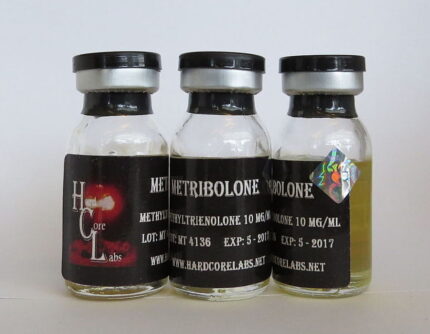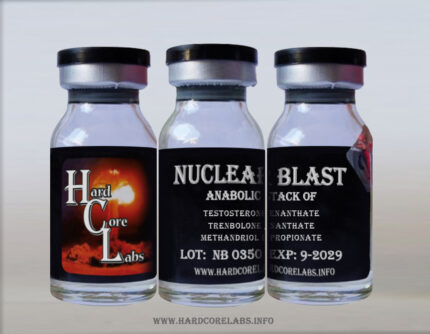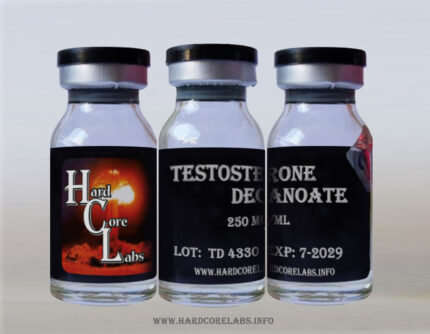Masteron Enanthate
Masteron Enanthate, or drostanolone enanthate, is an injectable anabolic androgenic steroid derived from dihydrotestosterone, commonly abbreviated as DHT. As a structural modification of DHT, it is non-aromatizing, meaning it does not convert into estrogen within the body. This property makes Masteron Enanthate particularly appealing to bodybuilders and physique athletes who want to avoid the estrogenic side effects associated with many other anabolic compounds, such as water retention, gynecomastia, or fat accumulation in estrogen-sensitive areas. Unlike testosterone, which aromatizes to estradiol, or nandrolone, which can convert into both estrogen and dihydronandrolone, Masteron remains purely androgenic and mildly anabolic, with a clean, dry performance profile.
The enanthate ester attached to the drostanolone molecule allows for a slower release of the active hormone into the bloodstream following intramuscular injection. As a result, Masteron Enanthate has a considerably longer half-life compared to the propionate version—typically around 7 to 10 days. This extended half-life allows users to inject less frequently, often only twice per week, which is more convenient for those running longer cycles or those who dislike frequent injections. Despite the slower release, the drug retains the same core activity: it binds well to androgen receptors, promotes protein synthesis, increases nitrogen retention, and enhances red blood cell production. However, what sets Masteron apart from more aggressive anabolic steroids is not its ability to build mass, but rather its cosmetic and anti-estrogenic qualities.
In practice, Masteron Enanthate is rarely used in bulking cycles because it does not promote significant weight or strength gains. Its primary use is in cutting cycles, particularly in the context of contest preparation, where its effects on muscle hardness, density, and visual dryness become most noticeable. When body fat is already low, Masteron helps refine the physique, giving muscles a fuller, more defined look without adding subcutaneous water. It enhances vascularity, sharpens lines and striations, and produces a dense, “granite-like” texture to the muscle tissue, which is highly desirable on stage or in front of a camera.
Additionally, Masteron has a reputation for providing mild anti-estrogenic support. While it is not a direct aromatase inhibitor and should not be used in place of compounds like anastrozole or exemestane, its DHT-derived structure allows it to act as a functional estrogen antagonist in some tissues. This means it can slightly reduce the estrogenic load when stacked with aromatizing compounds such as testosterone. It’s not uncommon to see Masteron used in combination with testosterone enanthate, trenbolone, or primobolan during pre-contest cycles to create a synergistic effect that supports lean muscle maintenance and visual conditioning.
Side effects with Masteron Enanthate are generally mild in healthy male users, especially compared to harsher compounds. However, its androgenic nature does present some risks. Since it is a derivative of DHT, it may accelerate hair loss in individuals predisposed to male pattern baldness. It can also cause acne, increased sebum production, and body or facial hair growth, particularly at higher doses or in individuals sensitive to androgens. These effects are dose-dependent and vary widely between users. Despite being relatively mild on internal organs, Masteron does suppress natural testosterone production, like all anabolic steroids. It impacts the hypothalamic-pituitary-gonadal axis, signaling the body to reduce or stop endogenous testosterone production while the exogenous hormone is present. This makes a structured post-cycle therapy necessary to help restore normal hormonal balance once the cycle is complete.
Because Masteron Enanthate has a long ester, it is slower to leave the system compared to its propionate counterpart. This means that blood hormone levels take longer to return to baseline after cessation, which can slightly delay the start of post-cycle therapy. For this reason, users often wait approximately two weeks after their last injection before initiating PCT with compounds such as clomiphene citrate or tamoxifen. This delay ensures that circulating drostanolone levels have fallen low enough to allow natural testosterone production to resume.
